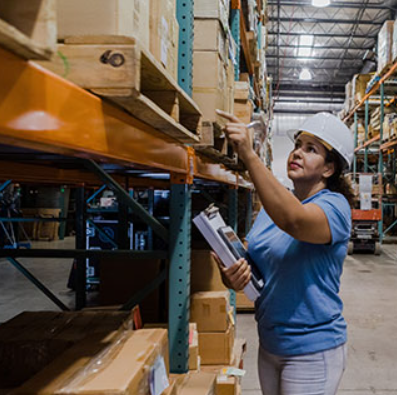
As climate change becomes an increasingly pressing issue, businesses are under more pressure to adopt sustainable practices. Reducing carbon emissions is no longer just a regulatory requirement, but a vital part of becoming a responsible corporate entity. However, many companies are uncertain about where to begin when it comes to lowering their carbon footprint. Here’s a comprehensive guide to help you understand the steps you can take to reduce emissions in your supply chain.
1. Optimize Transportation and Shift Modalities
Transportation is one of the largest contributors to carbon emissions in the supply chain. To reduce your environmental impact, consider optimizing your transportation network. Consolidating shipments to maximize load factors, using route optimization tools to minimize travel distances, and switching to low-emission transport modes can significantly cut down on emissions.
For example, shifting from air freight to ocean freight for non-urgent deliveries can reduce emissions by as much as 95%. Setting up regional distribution centers can also reduce the need for long-haul transportation, while electric or hybrid vehicles can be used for last-mile delivery to further cut down on emissions.
2. Collaborate with Sustainable Suppliers
Building strong relationships with suppliers that are committed to sustainability is another crucial step in reducing emissions across your supply chain. Work together with suppliers to set carbon reduction goals and integrate carbon metrics into your supplier evaluation processes.
Establishing a supplier development program that includes carbon accounting training and joint emission reduction projects can be an effective way to drive change. You can also consider co-investing in clean energy initiatives with your suppliers to reduce emissions collaboratively.
3. Improve Warehouse Energy Efficiency
Warehouses offer considerable opportunities to reduce energy consumption and carbon emissions. A simple yet effective step is to install energy-efficient lighting, such as LED lights with motion sensors, and upgrade your HVAC systems to more efficient models. Implementing automated storage and retrieval systems (AS/RS) can help optimize space usage and reduce energy consumption as well.
Another way to cut emissions is through on-site renewable energy generation, such as installing solar panels, or purchasing renewable energy credits (RECs) to offset the energy used by your facilities. Many businesses have successfully reduced their warehouse energy consumption by 40-60% with these measures.
4. Rethink Product Design and Packaging
To address supply chain sustainability, product design and packaging must also be considered. Redesigning products to be more compact and lighter can reduce both production and transportation emissions. Additionally, using recycled and recyclable materials, as well as optimizing packaging to reduce empty space, can significantly lower your carbon footprint.
For business-to-business shipments, consider using reusable packaging. Partnering with your suppliers to reduce excess packaging layers can also contribute to lowering emissions. These changes have been shown to reduce transportation emissions by up to 30% in some cases.
5. Leverage Data for Carbon Tracking and Reduction
Accurate carbon tracking is essential for making informed decisions about where to focus your emission reduction efforts. Utilizing carbon accounting software allows you to monitor emissions across your supply chain and set measurable KPIs for reducing your carbon footprint.
Implementing real-time tracking systems and predictive analytics can help you identify emission hotspots and take targeted action. Regular carbon audits will enable you to continually assess and improve your strategies for reducing emissions.
Conclusion
Reducing carbon emissions in your supply chain requires thoughtful planning, effective strategies, and collaboration with key partners. It’s not just about compliance, but also about becoming a sustainable and responsible business in an increasingly eco-conscious market.
Whether it’s optimizing your transportation network, working with sustainable suppliers, or improving energy efficiency in your warehouses, each step you take will contribute to lowering your carbon footprint. Keep in mind that these initiatives will require commitment and resources, but the benefits of reducing your carbon emissions—both for the environment and your bottom line—are well worth the effort.












